SOURCE: AFI

US-based amphibious aircraft manufacturer, Mallard Enterprises, has announced significant interest in its seaplanes from the Indian market, with several letters of intent (LOIs) signed at the Farnborough Airshow.
The most substantial order came from Mehair, a prominent Indian seaplane operator, which expressed its intent to purchase 50 of Mallard’s hull-based amphibious ME-1A aircraft. Mehair, with a history dating back to 2011, is a seasoned player in the Indian seaplane industry, having previously operated under a government scheme for regional airport development. The company is poised to resume operations in November 2024, focusing on the Andaman and Nicobar Islands and Gujarat.
Continue readingSOURCE: AFI

A high-level delegation from the Democratic Republic of Congo (DRC), led by His Excellency Maj Lukwikila Metikwizaa Marcel, Permanent Secretary of the Ministry of Defence, recently visited the facilities of Troop Comforts Ltd (TCL), a Defence Public Sector Undertaking (PSU) under the Government of India.
The visit aimed to explore potential business opportunities in the defence sectors of both nations. During the visit, Sh Rajeev Sharma, General Manager of Operations at TCL, showcased the company’s state-of-the-art products.
Continue readingSOURCE: AFI

The second Army to Army Staff Talks (AAST) between India and Cambodia concluded successfully in Hyderabad on July 26, 2024. The five-day engagement focused on enhancing military cooperation between the two nations.
During the talks, both sides explored avenues for expanding training collaborations, conducting tailored courses for Cambodian Army personnel in India, and deploying Indian experts to assist in demining operations. Capacity building through military hardware was also a key topic of discussion.
Continue readingSOURCE: RAUNAK KUNDE / NEWS BEAT / IDRW.ORG
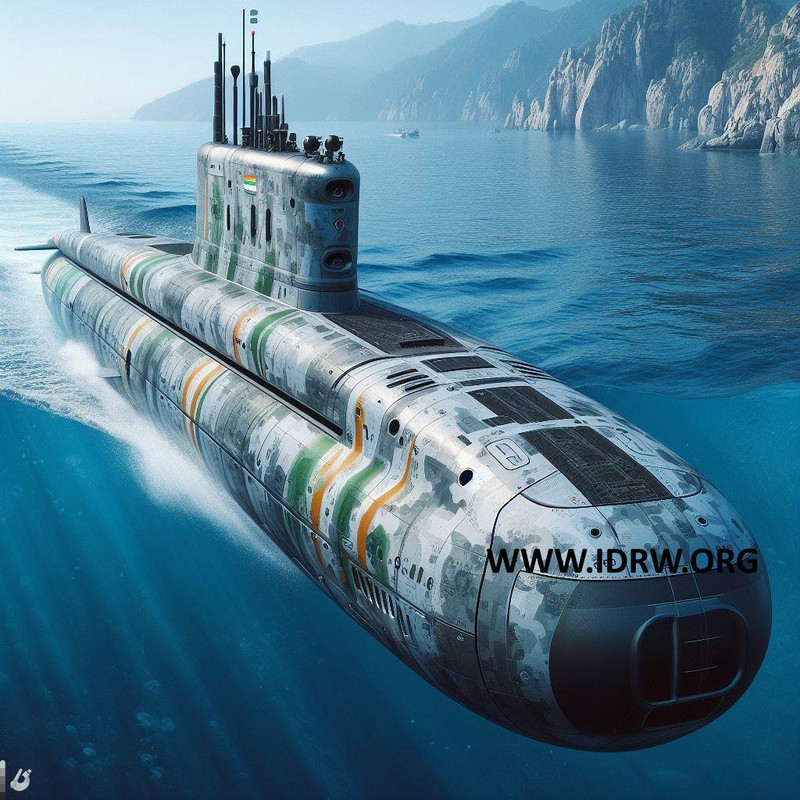
In a significant advancement for India’s naval capabilities, the Defence Research and Development Organisation (DRDO) has received authorization to commence the design of a next-generation conventional diesel submarine as part of Project-76. While comprehensive details of the program are still emerging, several key aspects have been confirmed, highlighting the ambitious scope and advanced technological integration envisioned for the new submarines.
The Indian Navy has specified that the new submarines must incorporate the latest Air-Independent Propulsion (AIP) technology and lithium-ion batteries. These innovations are expected to enhance the submarine’s endurance and operational efficiency. The planned displacement of the submarine is nearly 3,000 tonnes when submerged, positioning it as a formidable asset in India’s underwater fleet.
Continue readingSOURCE: RAUNAK KUNDE / NEWS BEAT / IDRW.ORG
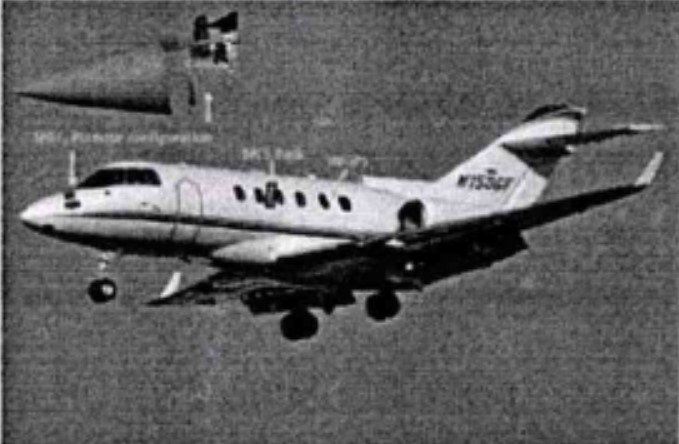
The Instruments Research & Development Establishment (IRDE), a premier laboratory of India’s Defence Research and Development Organisation (DRDO), has made a significant breakthrough with a new airborne Search and Track System. This indigenous system holds immense potential for enhancing the capabilities of Indian military aircraft.
To evaluate the system’s real-world performance, IRDE plans to integrate and test it on a leased British Aerospace BAE 125-800A aircraft, also known as the Hawker. The system comprises two Line Replaceable Units (LRUs): a Sensor Head Unit (SHU) and a Processing Unit (PU). These units will be strategically placed on the aircraft – the SHU housed in the nose section with its dome protruding outside for optimal signal reception, and the PU positioned entirely within the nose section for secure operation.
Continue readingSOURCE: RAUNAK KUNDE / NEWS BEAT / IDRW.ORG
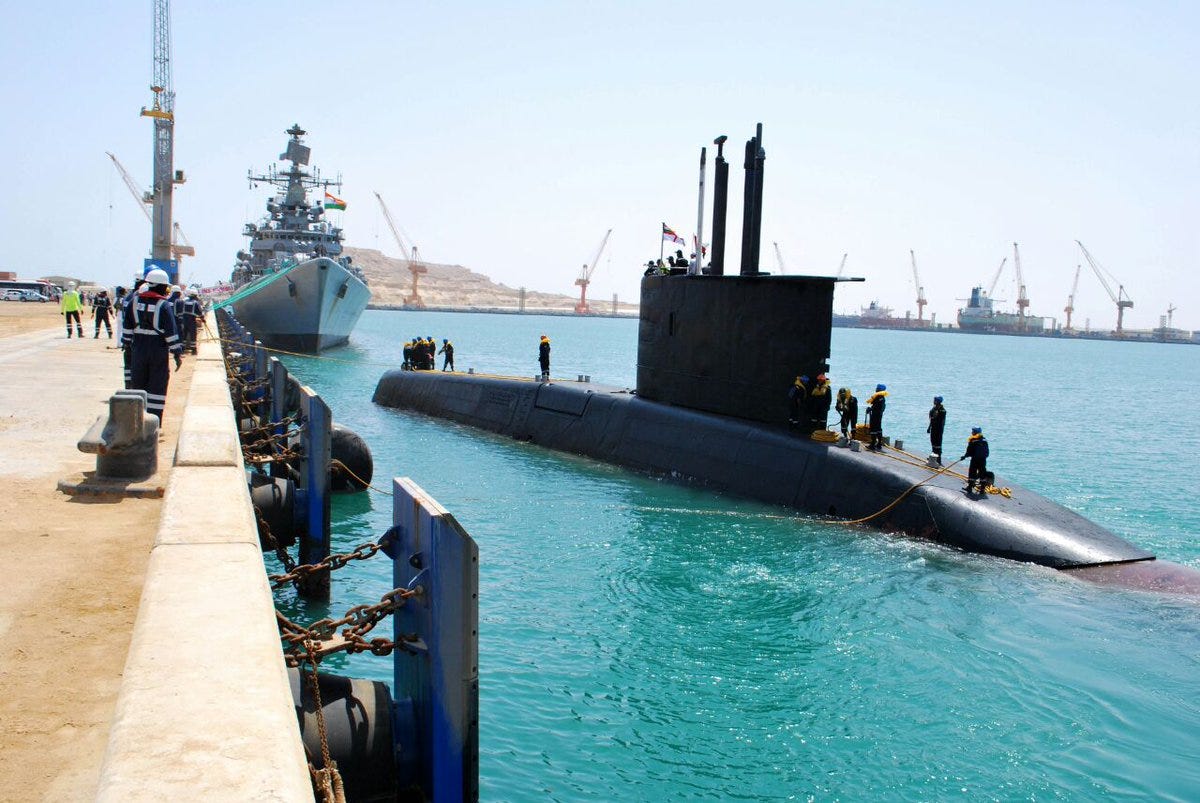
The Indian Navy’s fleet of Shishumar-class submarines, based on the German Type 209 design, is set to continue serving the nation for years to come. German shipbuilder Thyssenkrupp Marine Systems (TKMS) has pledged its unwavering support in maintaining these vital vessels, even if the Indian Navy decides to extend their operational life for another 10-15 years.
The Shishumar class represents a successful collaboration between India and Germany. The first submarine, INS Shishumar, was commissioned in 1986, while INS Shankul, the youngest of the fleet, joined the Indian Navy in 1994. Despite their age (with INS Shishumar nearing 40 years of service), these submarines remain a crucial part of India’s underwater defence capabilities.
Continue readingSOURCE: AFI
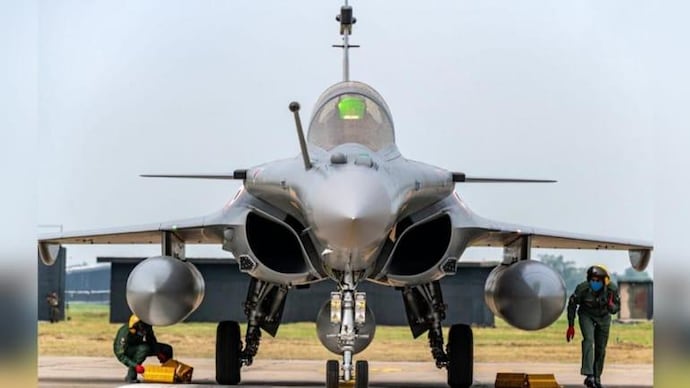
The late Chief of Defence Staff (CDS) General Bipin Rawat emphasized the strategic necessity of purchasing 114 fighter jets for the Indian Air Force (IAF) in smaller batches. This approach aims to mitigate the risks associated with technological obsolescence and the high procurement costs inherent in a single, large-scale order. However, this method presents its own set of challenges, particularly concerning cost inflation over time due to material and manpower expenses.
Currently, state-owned Hindustan Aeronautics Limited (HAL) produced the Su-30MKI at a flyaway cost of around $62 million per aircraft. This figure is approximately $22 million higher than the cost of Su-30 jets supplied directly by Russia. Despite producing over 272 jets through batch orders, India has not achieved the cost savings one might expect from local production. Instead, the economies of scale have favored Russian production, where higher output volumes result in lower per-unit costs.
Continue readingSOURCE: AFI
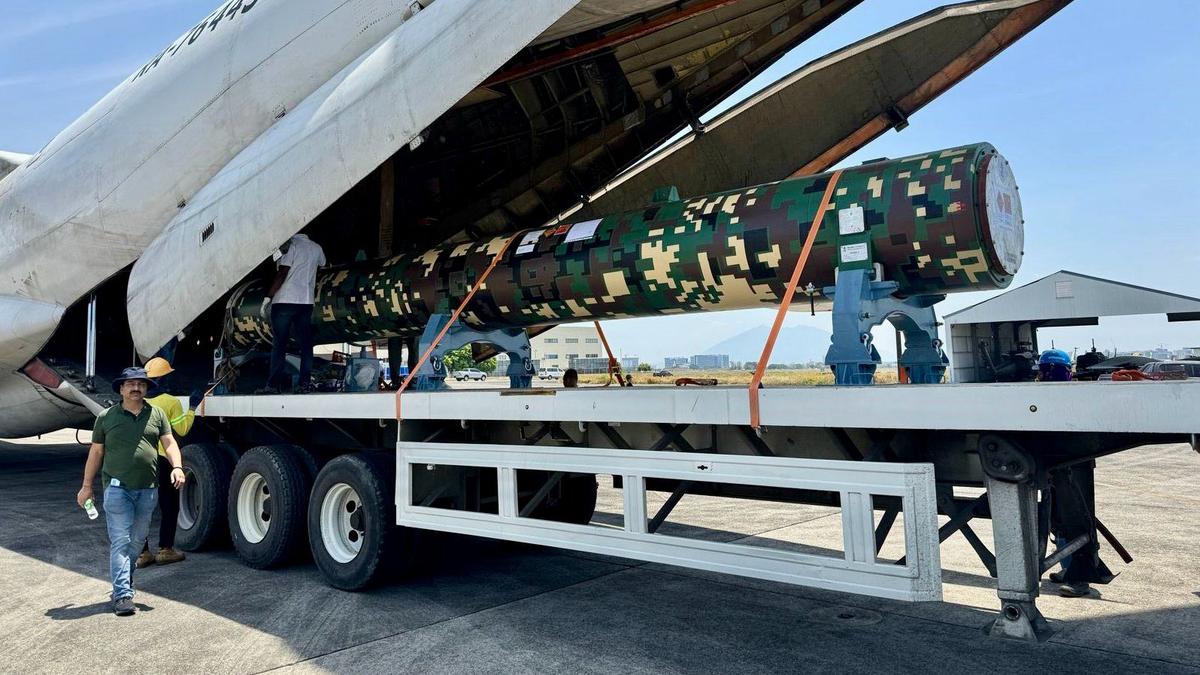
Philippine Ambassador to India, Josel F. Ignacio, has underscored the pivotal role of the BrahMos supersonic cruise missile in bolstering the Philippines’ defense capabilities. In a recent statement, the ambassador emphasized that the acquisition of BrahMos significantly enhances the country’s credible deterrence.
The Philippines’ decision to procure the BrahMos missile reflects its growing strategic partnership with India. This acquisition signifies a major step forward in strengthening the Philippines’ military might and ensuring its territorial integrity.
Continue readingSOURCE: AFI

An Indian startup is poised to disrupt the drone industry with its innovative electric Vertical Takeoff and Landing (eVTOL) aircraft. Incubated at IIT Madras, ePlane is developing a multi-copter drone capable of carrying both cargo and passengers, promising to revolutionize urban transportation.
With a compact size of 3×3 meters, the ePlane can transport payloads of 35 to 50 kilograms, reaching altitudes of up to 400 feet and covering distances of 50 kilometers. The company has secured a substantial $5 million in funding to propel its vision of making flying as commonplace as driving.
Continue readingSOURCE: IDRW.ORG TEAM
Hindustan Aeronautics Limited (HAL) is poised to commence the production of LCA Tejas Mk1A fighter jets at its newly restructured Aircraft Division in Nasik by the end of next month. With most of the skilled workforce in place and the necessary machinery and tooling installed, the plant is rapidly progressing towards its operational readiness.
The initial assembly of the Tejas Mk1A is scheduled for December 2024, marking a significant milestone in India’s indigenous fighter jet production. The Nasik facility aims to deliver three aircraft in the financial year 2024-25, followed by a steady production rate of eight jets annually thereafter.
Continue readingSOURCE: IDRW.ORG TEAM
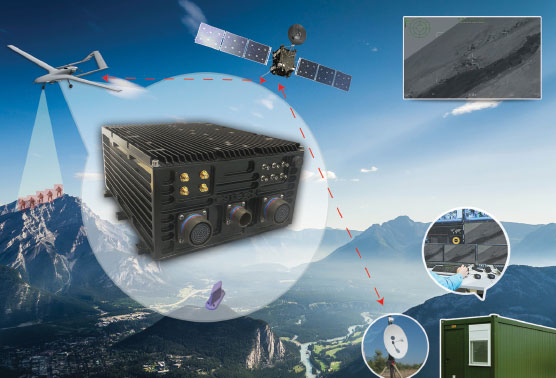
The Department of Defence Production (DDP) has taken a significant step towards self-reliance in the crucial area of Unmanned Aerial Vehicles (UAVs) with the announcement of the 5th Positive Indigenization List (PIL). This list prioritizes the local manufacture of critical equipment by the end of December 2027, specifically targeting:
Both UHF (Ultra-High Frequency) and C-band datalinks are essential for communication between UAVs and their ground control stations. Indigenizing these ensures secure and reliable data transmission for UAV operations.
Continue readingSOURCE: AFI

Bharat Electronics Limited (BEL) has achieved a significant milestone in India’s defense sector by successfully upgrading the aging THD-1955 radar system. This technological advancement is a testament to the nation’s growing self-reliance in defense technology, aligning perfectly with the government’s ‘Atmanirbhar Bharat’ initiative.
The upgraded radar, christened THD 2.0, was inaugurated by Air Marshal V Rajashekhar and Mr. Anoop Rai. The core of the upgrade lies in the indigenously developed digitized radar receiver and transmitter sections, crafted by BEL. This technological leap has not only breathed new life into the decades-old radar but has also extended its operational life by an impressive 10 to 15 years.
Continue readingSOURCE: AFI

Assam Chief Minister Himanta Biswa Sarma has proposed the establishment of the third defense corridor in the country within Assam. This proposal was put forward to Defense Minister Rajnath Singh, who responded positively to the idea.
Chief Minister Himanta Biswa Sarma highlighted that he discussed the defense corridor issue in detail with the Defense Minister. Currently, India has two defense corridors located in Uttar Pradesh and Tamil Nadu. The establishment of a third corridor in Assam would be a significant development for the state’s defense production capabilities.
Continue readingSOURCE: AFI

A groundbreaking discovery in the heart of India’s “cold desert” could redefine the quest for extraterrestrial life. Scientists from the Birbal Sahni Institute of Palaeosciences (BSIP) have unearthed magnetofossils – remnants of magnetic bacteria – embedded within rock varnish layers of Ladakh.
This remarkable find, detailed in the journal Planetary and Space Science, suggests that life can flourish in the most extreme conditions. Rock varnish, a dark, mineral-rich coating on rocks, is commonly found in arid, cold regions. While previously considered inorganic, this research indicates a significant biological component.
Continue readingSOURCE: AFI

In a significant move to bolster the country’s burgeoning space sector, the Indian National Space Promotion and Authorization Centre (IN-SPACe) has granted permission to a domestic firm to establish a satellite ground station. This facility will be instrumental in tracking, communicating with, and monitoring satellites.
Commonly referred to as an earth station, a satellite ground station is crucial for Telemetry, Tracking, and Command (TT&C) operations. These stations track the satellite’s position, send commands for satellite maneuvers, assess its overall health, and download collected data.
Continue reading